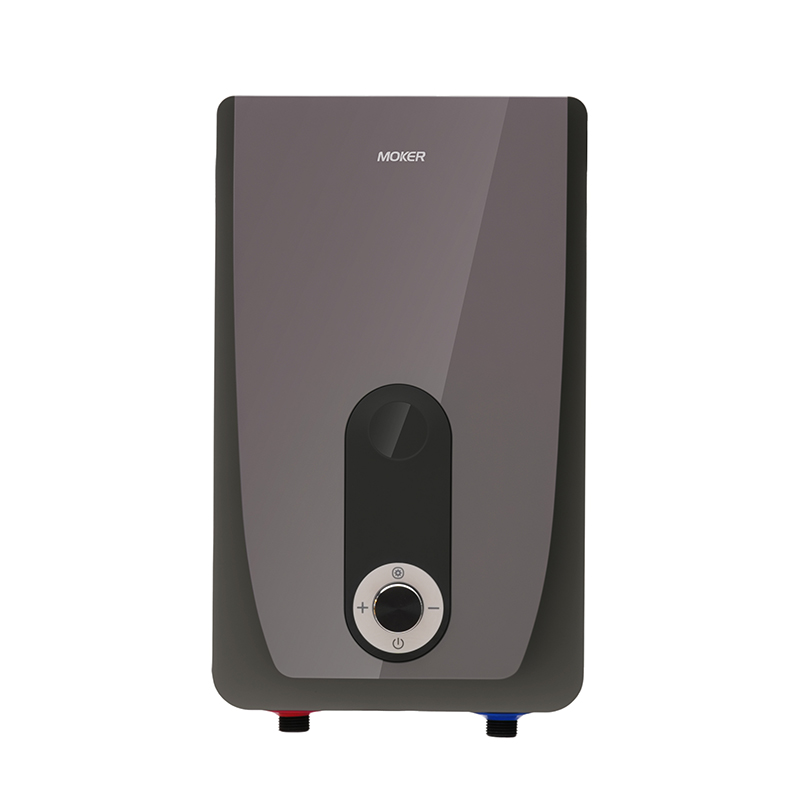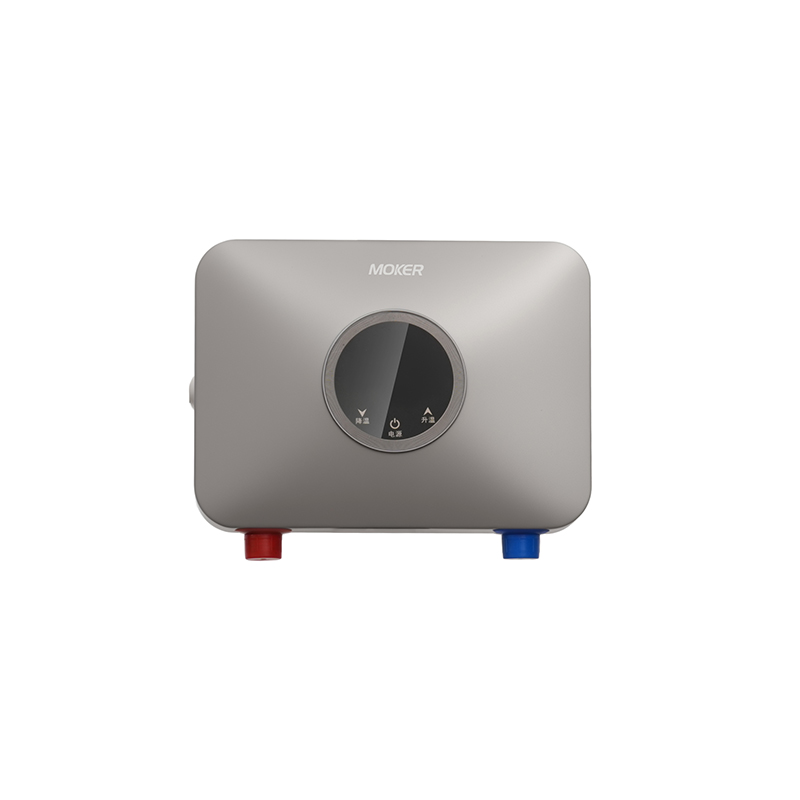Suitable Water Pressure Range for Different Water Heaters
Water pressure directly affects water heater performance, as inadequate or excessive pressure can cause malfunctions, reduced efficiency, or damage. Electric water heater, Tankless Water Heater, Instant water heater, electric tankless water heater, and instantaneous water heater electric each have specific pressure tolerances and requirements for optimal operation.
Electric water heater operates effectively within a moderate pressure range. Most Electric water heater models function best with incoming water pressure between 40–80 psi (pounds per square inch), the standard range for residential plumbing systems. Electric water heater’s pressure relief valve is calibrated to open at 150 psi, protecting the tank from excessive pressure damage. In areas with pressure below 40 psi, Electric water heater may struggle to deliver sufficient hot water to distant fixtures, while pressure above 80 psi increases wear on Electric water heater’s internal components and connections. Installing a pressure regulator helps maintain ideal conditions for Electric water heater in areas with fluctuating pressure.
Tankless Water Heater requires consistent pressure for reliable activation and performance. Gas-powered Tankless Water Heater typically needs minimum pressure of 15–20 psi to activate flow sensors, with optimal operation between 40–60 psi. High-pressure conditions (above 80 psi) can damage Tankless Water Heater’s heat exchanger and valves, requiring pressure-reducing valves for protection. Some Tankless Water Heater models include built-in pressure sensors that adjust heating output based on pressure fluctuations, preventing temperature spikes or drops. Low pressure below 15 psi may cause Tankless Water Heater to cycle on/off repeatedly or fail to activate altogether.
Instant water heater functions best with low to moderate water pressure. Most Instant water heater models are designed for pressure ranges of 20–60 psi, suitable for residential use but sensitive to extremes. Pressure below 20 psi in Instant water heater results in reduced flow rates and inadequate heating, as water passes too slowly through the heating chamber. Excessive pressure above 60 psi can cause leaks in Instant water heater’s compact connections or damage internal valves. Instant water heater installed in high-pressure areas benefits from inline pressure regulators to maintain stable operation and prevent premature wear.
Electric tankless water heater requires balanced pressure for consistent temperature delivery. electric tankless water heater operates optimally between 30–70 psi, with minimum pressure of 20 psi needed to trigger heating elements. Pressure fluctuations in electric tankless water heater cause temperature inconsistencies, as flow rates change too rapidly for heating elements to adjust. High pressure above 70 psi increases stress on electric tankless water heater’s heat exchanger and seals, while low pressure below 20 psi may prevent proper sensor activation. Some electric tankless water heater models include pressure stabilization features to smooth out minor fluctuations in supply pressure.
Instantaneous water heater electric is designed for low-pressure applications. instantaneous water heater electric typically operates within 10–50 psi, ideal for localized use like under-sink installations. Minimum pressure of 10 psi ensures water flows through instantaneous water heater electric’s small heating chamber to activate heating elements. Pressure above 50 psi can damage instantaneous water heater electric’s delicate components, including its flow sensor and outlet valve. instantaneous water heater electric installed on main water lines often requires a dedicated pressure regulator to reduce pressure to its operating range, preventing leaks and performance issues.
Matching water heater to household water pressure ensures reliable operation. Electric water heater handles standard residential pressure, Tankless Water Heater needs consistent moderate pressure, Instant water heater works with low to moderate levels, electric tankless water heater requires balanced pressure, and instantaneous water heater electric thrives in low-pressure scenarios. Monitoring and adjusting pressure to match each water heater type’s requirements maximizes efficiency, prevents damage, and ensures consistent hot water delivery.





